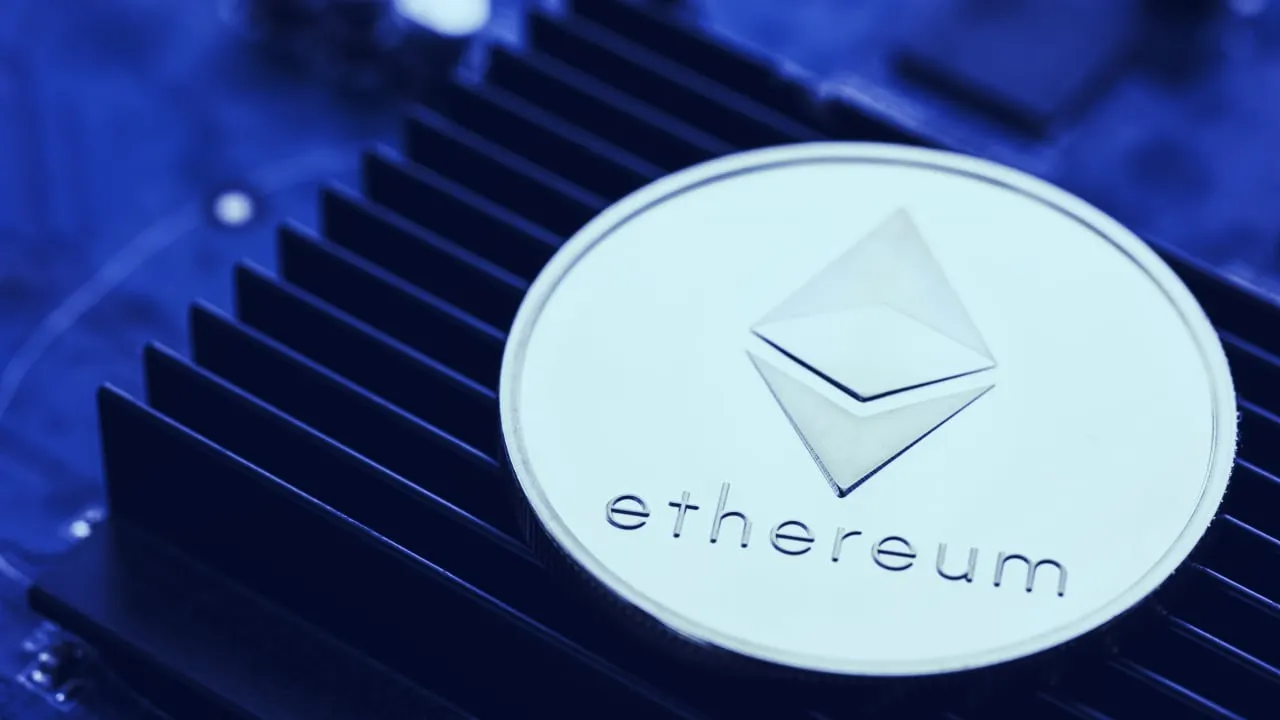GETH, the native asset powering the Ethereum testnet Goerli, is soaring. And that’s a problem.
The testnet token peaked at $1.60 on Saturday and is now trading, according to CoinGecko, at about $0.31—and the fact that a testnet currency is even listed on price-tracking sites is indicative that something has gone wrong.
More importantly, though, developers are now turning away from testing their apps on it due to the new costs.
Ethereum developer Marius van der Wijden told Decrypt that the problem isn't new, saying that after almost a year of discussions on how to fix the GETH supply, the easiest solution is to let Goerli "slowly die."
"That's the intention with all testnets, they should live for a few years," van der Wijden said. "Afterwards it becomes increasingly hard to sync them, so it's not of much use."
According to him, the plan is to slowly phase out Goerli while moving users to the Sepolia testnet—which is already running but as a permissioned chain and not yet open for anyone to run a validator node.
Launched in 2019, Goerli is one of several Ethereum testnets that lets developers safely test their code before deploying them on the Ethereum mainnet. To make the testnet environment as real as possible, it also needed a native gas token. That gas token was freely trickled out via so-called faucets and from validators keeping the testnet alive.
To speed up distribution to developers, crypto project LayerZero enabled trading between mainnet and Goerli to help developers. This move had the side effect of turning GETH into the subject of rampant speculation.
As for alternatives, other Ethereum developers, such as Tim Beiko, are proposing a new testnet called Holli, which aims to make it easier for developers to acquire testnet ETH and reduce the need for a secondary market.


